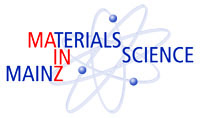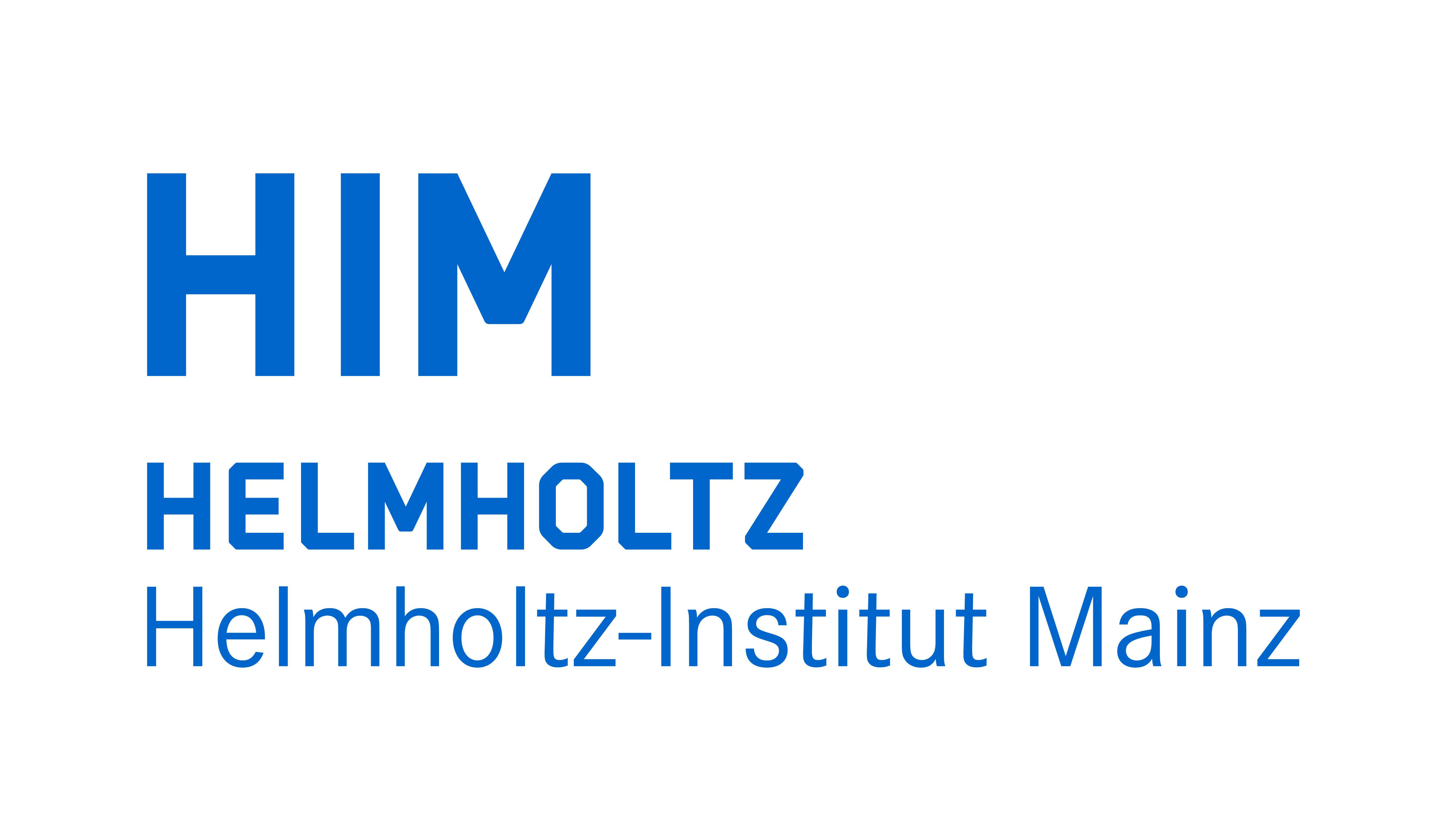


Physikalisches Kolloquium
April 25, 2023 at
4:15 p.m.
in
HS KPH
Prof. Dr. Friederike Schmid
Institut für Physik
friederike.schmid@uni-mainz.de
Prof. Dr. Hartmut Wittig
Institut für Kernphysik
hartmut.wittig@uni-mainz.de
Frontiers in computations of atomic nuclei
Dr. Gaute Hagen (Oak Ridge National Lab. Knoxville - USA)
High performance computing, many-body methods with polynomial scaling, and ideas from effective-field-theory is pushing the frontier of ab-initio computations of nuclei.
Here I report on advances in coupled-cluster computations of nuclei starting from chiral Hamiltonians with two- and three-nucleon forces. The ab-initio approach can now be used to address fundamental questions related to the nature of the neutrino by accurate computations of neutrino-less double beta decay and making first steps towards neutrino-nucleus scattering on relevant nuclei. Global surveys of bulk properties of medium-mass and neutron- rich nuclei from ab-initio approaches are now possible by using reference states that break rotational symmetry. These calculations have revealed systematic trends of charge radii in various isotopic chains, questioned the existence of certain magic shell closures in neutron-rich nuclei, and confrontation with data have exposed challenges for ab- initio theory. By restoring rotational symmetry, we have made predictions for the rotational structure of neutron-rich neon isotopes including 32,34Ne.
In addition to entire regions of the nuclear chart now being targeted by ab-initio computations, entirely new ways to make quantified predictions are becoming possible by the development of accurate emulators of ab-initio calculations. These emulators reduce the computational cost by many orders of magnitude allowing for billions of simulations of nuclei using modest computing resources. This allows us to perform global sensitivity analysis, quantify uncertainties, and use novel statistical tools in predicting properties of nuclei. Recently we used these tools to make a quantified prediction of the neutron skin in 208Pb, and found that the neutron-skin is smaller and more precise than a recent extraction from parity-violating electron scattering but in agreement with other experimental probes. We have also used these tools to address the questions of what drives deformation in atomic nuclei and whether 28O is a bound nucleus. These developments demonstrate how realistic two- and three-nucleon forces act in atomic nuclei and allow us to make quantitative predictions across the nuclear landscape.
Attachment